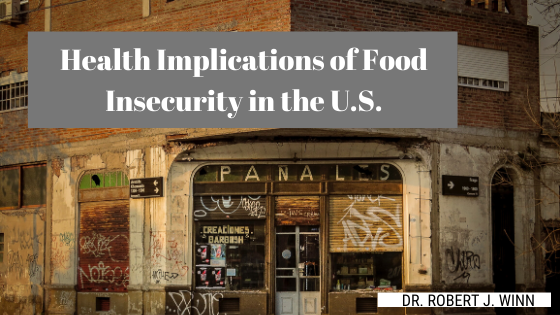Over 37 million Americans were food insecure in 2018. This is an estimated one in nine Americans. More than 11 million children are included in this figure. According to the USDA, or U.S. Department of Agriculture, food insecurity is the dearth of dependable access to sufficient food for a life that is active and healthy. While food insecurity and hunger have a close relationship, they are distinctly different concepts. Hunger is a sensation of discomfort that is physical and personal. Food insecurity is the lack of ready financial resources for sufficient food at a household level.
No Area Immune
High food prices are a contributing factor to the stubborn food insecurity rate that stretches across the greater than 3,100 counties within the U.S. throughout the last decade, according to a new report. The people who are at risk of hunger vary across the country. Researchers say no area is immune to the problem.
Relationship to Poverty
Extensive research shows that food insecurity is no simple problem. Many people lack the resources to meet a person’s basic needs; these challenges raise the risk of a family’s food insecurity. While related closely to poverty, not everyone experiencing food insecurity is below the line of poverty, and not everyone below the poverty line experiences food insecurity.
Health Implications
This problem does not exist in a vacuum. Several overlapping issues impact Low-income families. These include social isolation, absence of affordable housing, high medical costs along with acute or chronic health problems, and low wages. When taken together, this group of issues is one of the essential social determinants regarding health. An effective response to food insecurity needs to address challenges that are posed by these determinants.
Food insecurity has been shown to bear serious implications for health. In the one-tenth of counties that had the highest estimated rates of the problem in 2017, diabetes had been diagnosed in one in eight residents and obesity in one in three residents. Food insecurity is a health care crisis in the nation. And many in need of help do not qualify for it. As many as 29% of those estimated to suffer from food insecurity are not eligible for federal aid initiatives.


